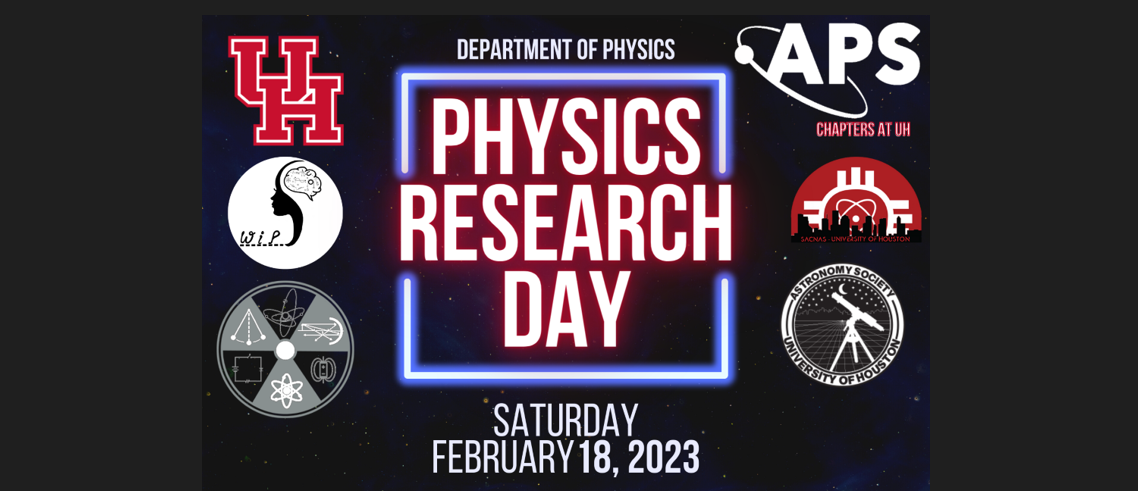Speaker
Description
Tania Ghosh 1,2, R.K.P. Zia 1,3, and Kevin E Bassler 1,2
1Department of Physics, University of Houston, Houston, Texas
2Texas Center for Superconductivity, University of Houston, Houston, Texas
3Department of Physics, Virginia Tech, Blacksburg, VA
Arguably the most fundamental problem in Network Science is finding structure within a complex network. One approach is to partition the nodes into communities that are more densely connected than one expects in a random network. “The” community structure corresponds to the partition that maximizes a measure that quantifies this idea. Finding the maximizing partition, however, is a computationally difficult NP-Complete problem. We explore the use of a recently introduced algorithmic scheme [Guo, Singh, and Bassler, Sci. Rep. 9, 14234 (2019)] to find the structure of a set of benchmark networks. The scheme, known as RenEEL, creates an ensemble of k partitions and updates the ensemble by replacing its worst member with the best of k’ partitions found by analyzing a simplified network. The updating continues until consensus is achieved within the ensemble. Varying the values of k and k’, we find that the results obey different classes of extreme value statistics and that increasing k is generally much more effective than increasing k’ for finding the best partition.
| Academic year | 3rd year |
|---|---|
| Research Advisor | Dr. Kevin E. Bassler |
